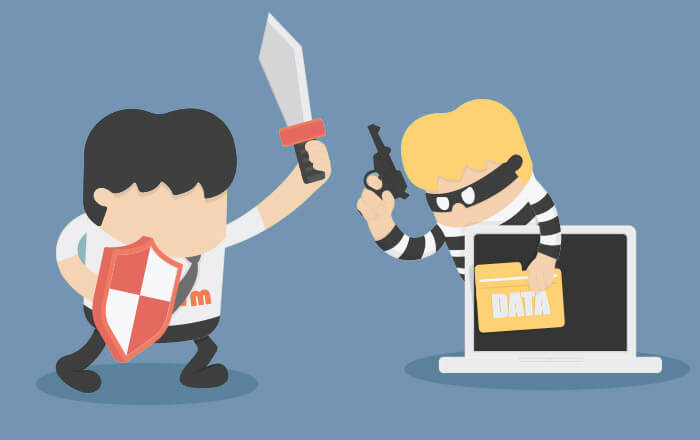Some common cyber threats faced by businesses
Most companies today are in a race to update their cybersecurity systems to match the latest threats terrorising the online space. While it is important to have an awareness of the latest threats and malware, there is often a gap between the latest threats that are out there and the most common attacks that plague the companies.
The reality indicates that companies face a fixed set of patterns in the kinds of cyber threats they encounter. Businesses large and small use a common type of software and similar communication channels. They have fixed loopholes and backdoors that hackers often exploit. Hence, being aware of the standard malware and cyber threats can help businesses protect their data better. Mentioned below are some of the common trends in cyber attacks that businesses commonly face today. Most of these trends involve the malware or threat disguising itself in various ways to appear legitimate.
- Attacks with social engineering: Malware designed around social engineering is one of the most popular forms of attacks today. The user or company employee is somehow fooled into opening a malicious link or attachment which turns out to be a Trojan. There are also innocuous-looking websites which lure users into downloading malware. Social engineering tactics allow these cyber-criminals to disguise their attacks into innocent looking content. Some of the common methods of disguise involve hiding the malware in the form of anti-virus updates or software that is recommended as vital. The malware once downloaded further hides itself by operating in the background or by taking the appearance of important system processes.
- Phishing hacks: Phishing is the second-most popular form of cyberattacks that businesses face. The most common medium for this form of attack is through emails. Most of the emails that an account receives amount to spam. Sometimes, through clever phishing techniques, malicious content takes on the appearance of a well-established website. This tricks the user into entering their user ID and password for that legitimate website. Their account details are then immediately transferred to the criminal who can choose to abuse it or sell it on online black markets. Today, traditional phishing techniques have evolved into what is known as spear-phishing. It involves the criminal impersonating a position of authority such as a government official or a boss and extracts important details out of the victims.
- Trojan: The term Trojan encompasses a wide range of computer viruses and malware. The common feature of all Trojans is their ability to disguise themselves as important system software. They can easily hide their presence from common anti-virus software and are categorised on the basis of their operation. Some of the commonly encountered Trojans are- backdoors, rootkits, downloaders, RATs and droppers among others. Rootkits and RATs deserve special mention as being one of the most damaging Trojans. Rootkits are virtually undetectable and once detected, are very difficult to remove as they replicate themselves and crash the host. RATS or remote access Trojans provide cybercriminals access to systems and surveillance devices from a geographically distant location.
- Ransomware: Ransomware attained the limelight in the recent times due to some of the most damaging and high-profile attacks. The attack typically involves the attacker gaining access to confidential information and accounts and encrypting it. This causes the business or user to lose access to the information. The attacker then asks for a ransom, usually in the form of cryptocurrency, for the encryption key. Ransomware also follows the basic principles of Trojan in the fact that they resemble harmless links or software and fool the user into downloading them.
Professional IT support companies can protect businesses from all these cyber threats.
